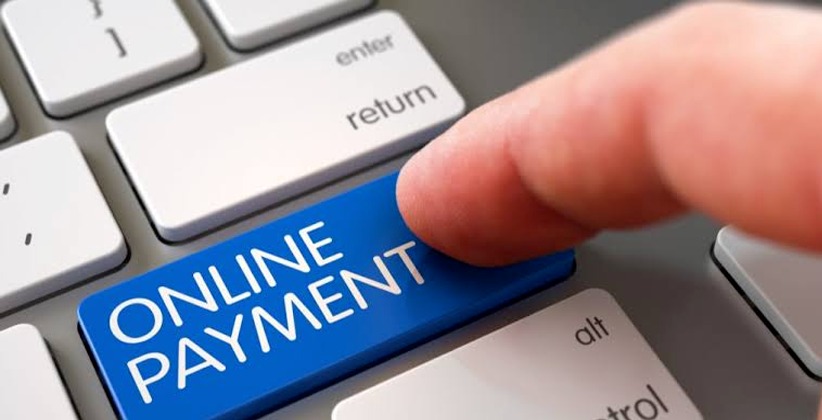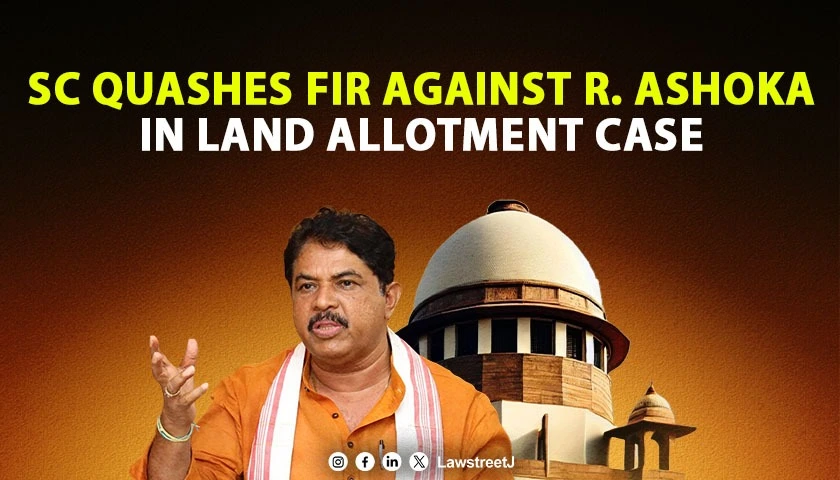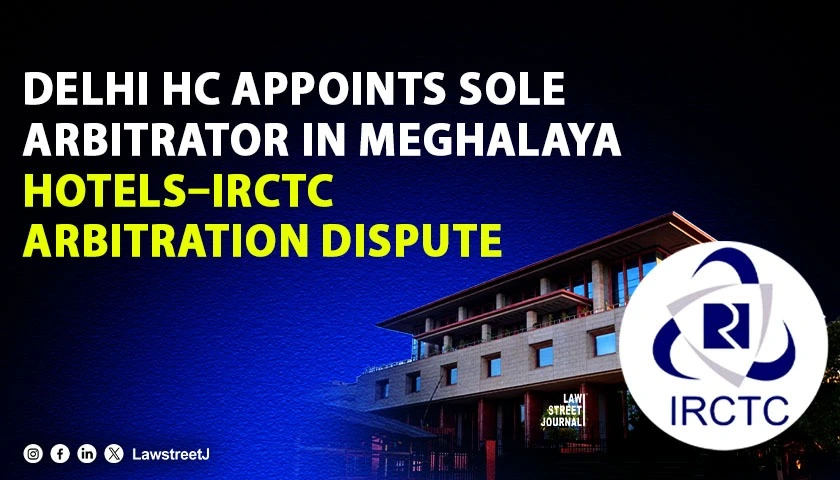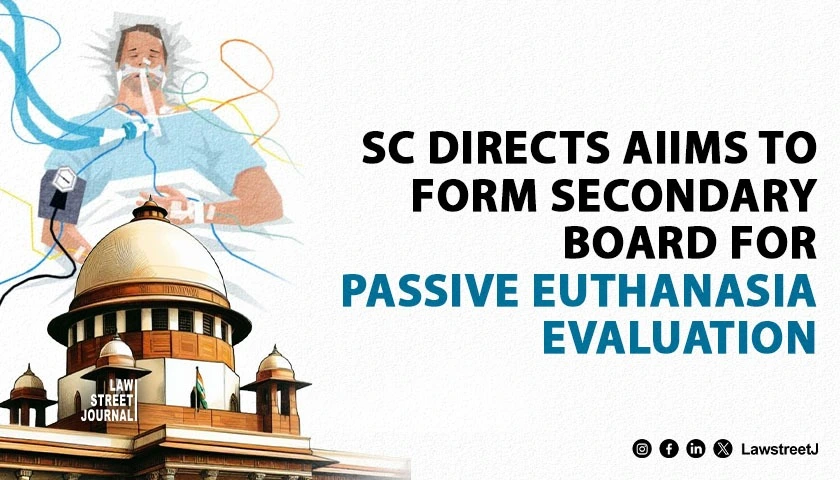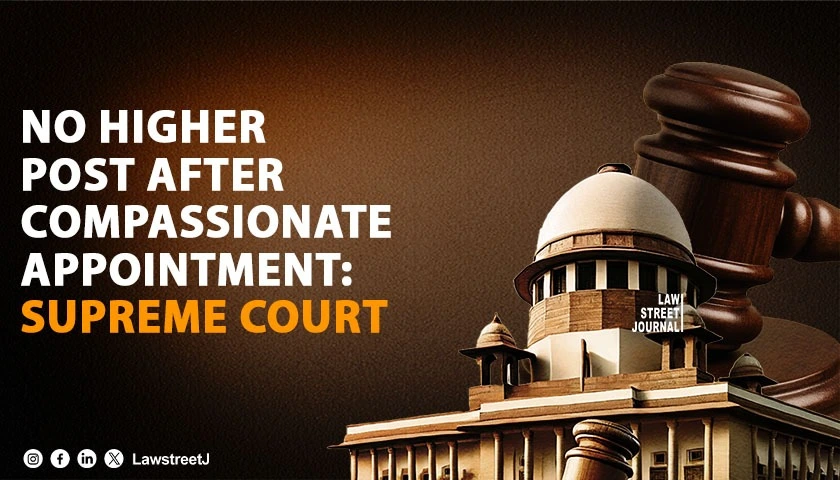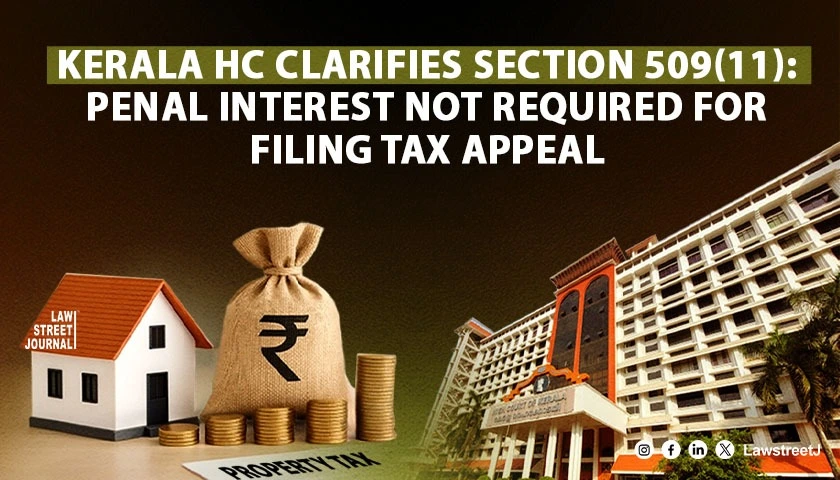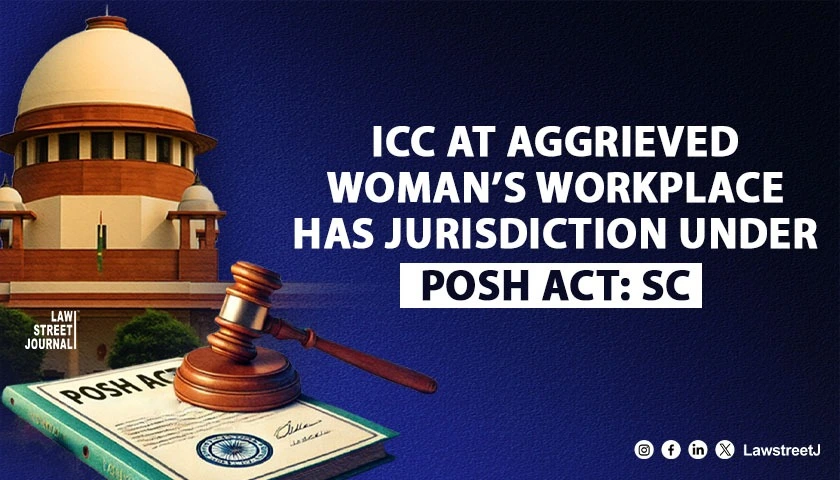Mobile payment transfers via the Unified Payment Interface (UPI), cards, and mobile wallets have rendered a near-V-shaped recovery this month. Volumes plummeted nearly 60 percent in April following a nationwide lockdown to combat the spread of the Covid-19 pandemic. UPI, operated by the National Payments Corp of India (NPCI), processed 1, 23 billion transactions worth Rs 2, 41 lakh crore until June 28, the most value recorded by the network in a month, according to data from the Reserve Bank of India (RBI). The monthly volume in April amounted to 990 million Rs.1.5 lakh crore, marking the sharpest month-on-month drop on the platform since it became operational in 2016.
Experts stated, The UPI increase is due to consumers increasingly paying utility and shopping bills through contactless modes. Ambarish Kenghe, senior director, product, Google Pay, stated, Covid-19 has accelerated the shift to digital. Its been a V-shaped recovery after volumes had fallen in April. He further, Google Pay, the UPI leader in India, has seen increased customer interest for bill payments and online recharges on its platform in the months following the initial lockdown. India imposed a nationwide lockdown at the end of March, and the restrictions started to be relaxed in early May 2020.
Walmart-owned payment company PhonePe also said that the volumes had recovered. Karthik Raghupathy, vice president, strategy and business development of PhonePe stated, Payment volumes for June are back to pre-lockdown levels. This is driven both by the fact that offline and online merchants across most parts of the country have now opened up. Separately, card-based payments are also recovering with volume and value processed by the top banks witnessing a gradual revival to the pre- COVID scale.
Axis Bank, Kotak MahindraNSE 0.13 percent, RBL BankNSE- 2.28 percent and SBI Cards said that card-based transactions returned to about 70-80 percent of pre- COVID volumes. While the recovery was sharper for payment by credit card, with a sizeable chunk of it taking place online, the transaction by debit card has also risen from May to June. The catalyst for recovery has been the opening up of e-commerce to non-essential products and the digital transition in spending-intensive sectors, such as entertainment and education, according to executives monitoring these developments in the top banks. However, expenditure on segments such as aviation, fuel, movies, and dining remains sluggish as people travel less and cinemas and restaurants stay closed.
Deepak Sharma, president and chief digital officer at Kotak Mahindra Bank, stated, There has been a sharp surge in payments to OTT (over- the- top) and education platforms. OTT refers to services such as Netflix, Amazon Prime, etc. Vishwas Patel, CEO of CCAvenue, a leading payment gateway, stated, We have also seen an increase in retail spends on e-commerce platforms in June, who is contributing heavily to our volumes. This could be because of pent-up demand. Experts stated, The trend reflects a gradual revival in consumer sentiment but the full recovery could still be some time away.

